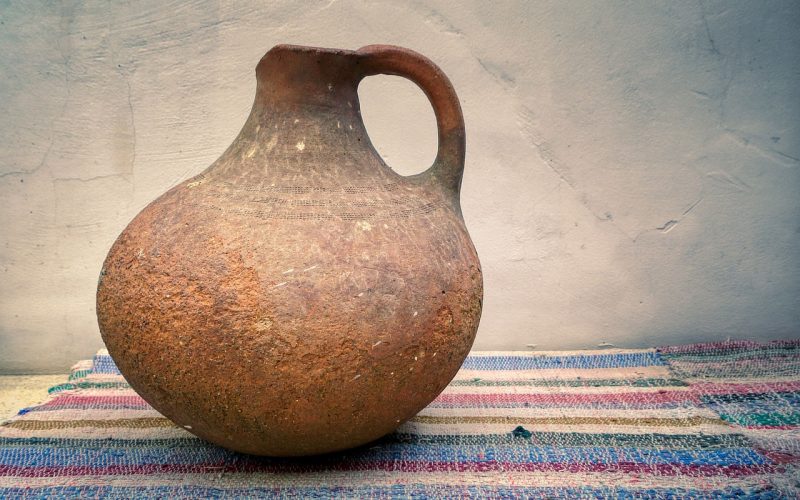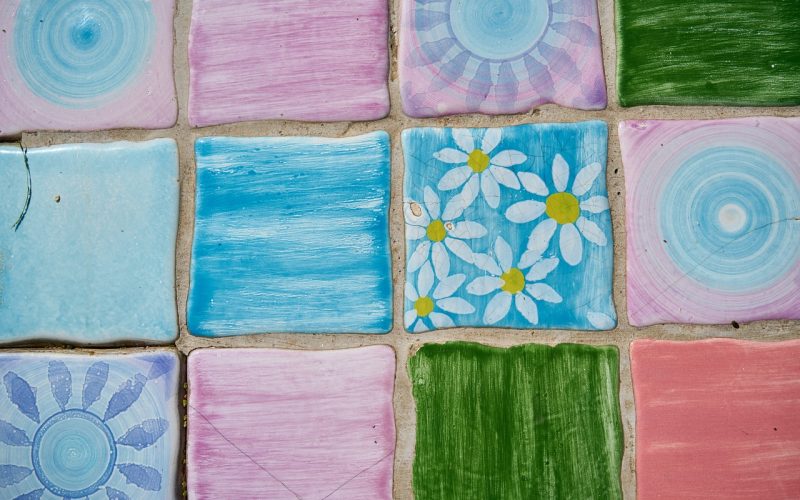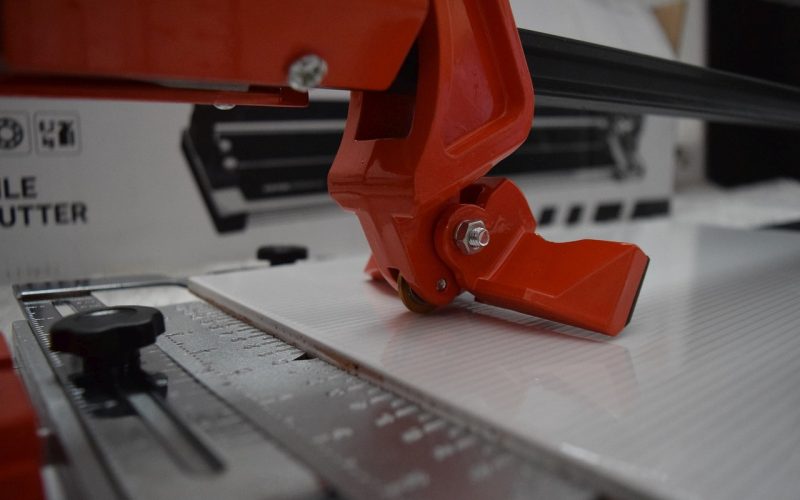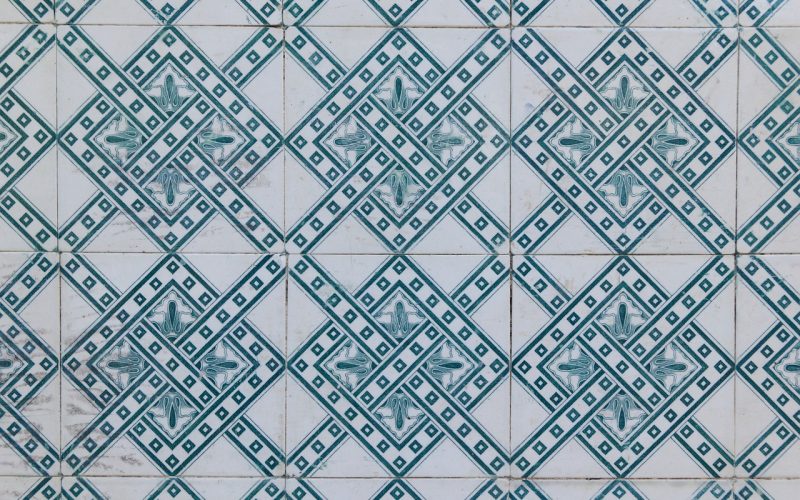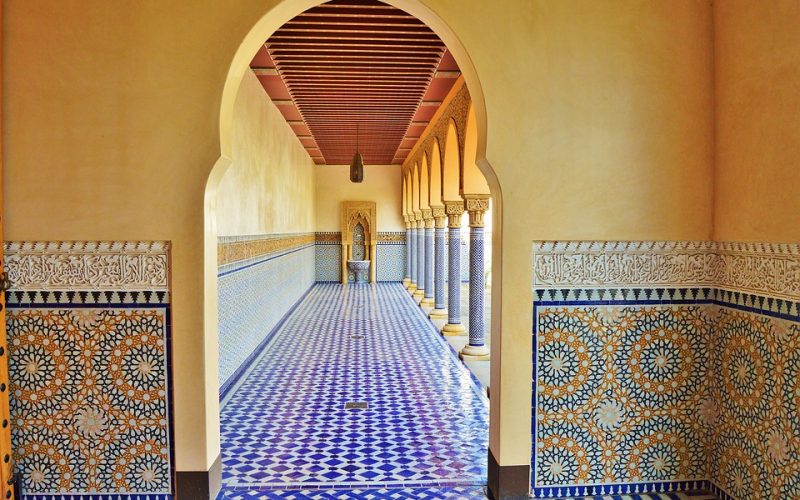Ceramic pots have been a staple of human civilization for thousands of years, serving both practical and artistic purposes. Their evolution mirrors the progress of human ingenuity, highlighting our ability to adapt natural resources to meet our needs. From their utilitarian beginnings to their current status as objects of art, ceramic pots offer a rich tapestry of cultural history.
The origins of ceramic pots
The origins of ceramic pots date back to the Neolithic period, around 10,000 BCE, when humans first began to settle and form agrarian societies. With the advent of agriculture, the need for durable storage containers became apparent. Early ceramics were simple in design, created from clay and hardened by fire. These early pots were essential for storing food and water, preserving grains, and cooking over open flames. The development of pottery kilns allowed for more controlled firing, resulting in stronger and more complex vessels.
The development of pottery techniques
As civilizations advanced, so too did the techniques for making ceramic pots. By 4,000 BCE, the potter’s wheel had been invented in Mesopotamia, revolutionising the production of pottery. This innovation enabled potters to create more symmetrical and aesthetically pleasing vessels. Throughout history, various cultures developed unique styles and techniques for pottery making. In ancient Egypt, for example, potters used a distinctive red and black colour scheme, while Chinese artisans pioneered the use of porcelain. Each advancement not only reflected the technological progress of the time but also the cultural values and artistic expressions of the society.
Ceramics in ancient cultures
Ceramic pots held significant cultural and religious importance in many ancient societies. For instance, in Ancient Greece, pottery was used to depict mythological scenes and everyday life, offering historians valuable insights into Greek culture. Meanwhile, the Etruscans used intricately designed ceramics in funerary contexts, showcasing their beliefs about the afterlife. In China, during the Tang and Song dynasties, ceramics were considered high art, with elaborately decorated pieces being highly prized. These cultural artefacts provide a window into ancient practices and beliefs, illustrating the diverse ways ceramics were integrated into daily life and ritual.
The impact of the industrial revolution
The Industrial Revolution brought significant changes to the production of ceramic pots. Mass production techniques allowed for faster and cheaper production, making ceramics more accessible to the general population. Factories in Europe and North America began churning out vast quantities of pottery, reducing the reliance on artisan-crafted goods. Despite this shift towards industrialisation, there remained a strong market for handmade ceramics, especially those that showcased traditional techniques and artistic flair. This period marked a dichotomy between the utilitarian and aesthetic functions of ceramics, a distinction that continues to influence pottery today.
Modern ceramic artistry
In contemporary times, ceramic pots have evolved from mere functional items to highly sought-after works of art. Modern potters often blur the lines between craft and art, using ceramics as a medium for creative expression. Advances in technology have expanded the possibilities for ceramic design, allowing artists to experiment with new forms and finishes. Whether through intricate glazing techniques or unconventional shapes, modern ceramics continue to captivate art enthusiasts and collectors worldwide. The resurgence of interest in traditional pottery methods also highlights a growing appreciation for the skill and craftsmanship inherent in ceramics.
The enduring legacy of ceramic pots
Throughout history, ceramic pots have remained a testament to human adaptability and creativity. Their evolution from basic utilitarian items to revered art pieces underscores the complexity and depth of human culture. Today, ceramics continue to play a vital role in both domestic and artistic spheres, symbolising our ongoing relationship with the earth’s natural resources. Whether cherished as historical artefacts or celebrated as contemporary art, ceramic pots are enduring symbols of our shared cultural heritage.
